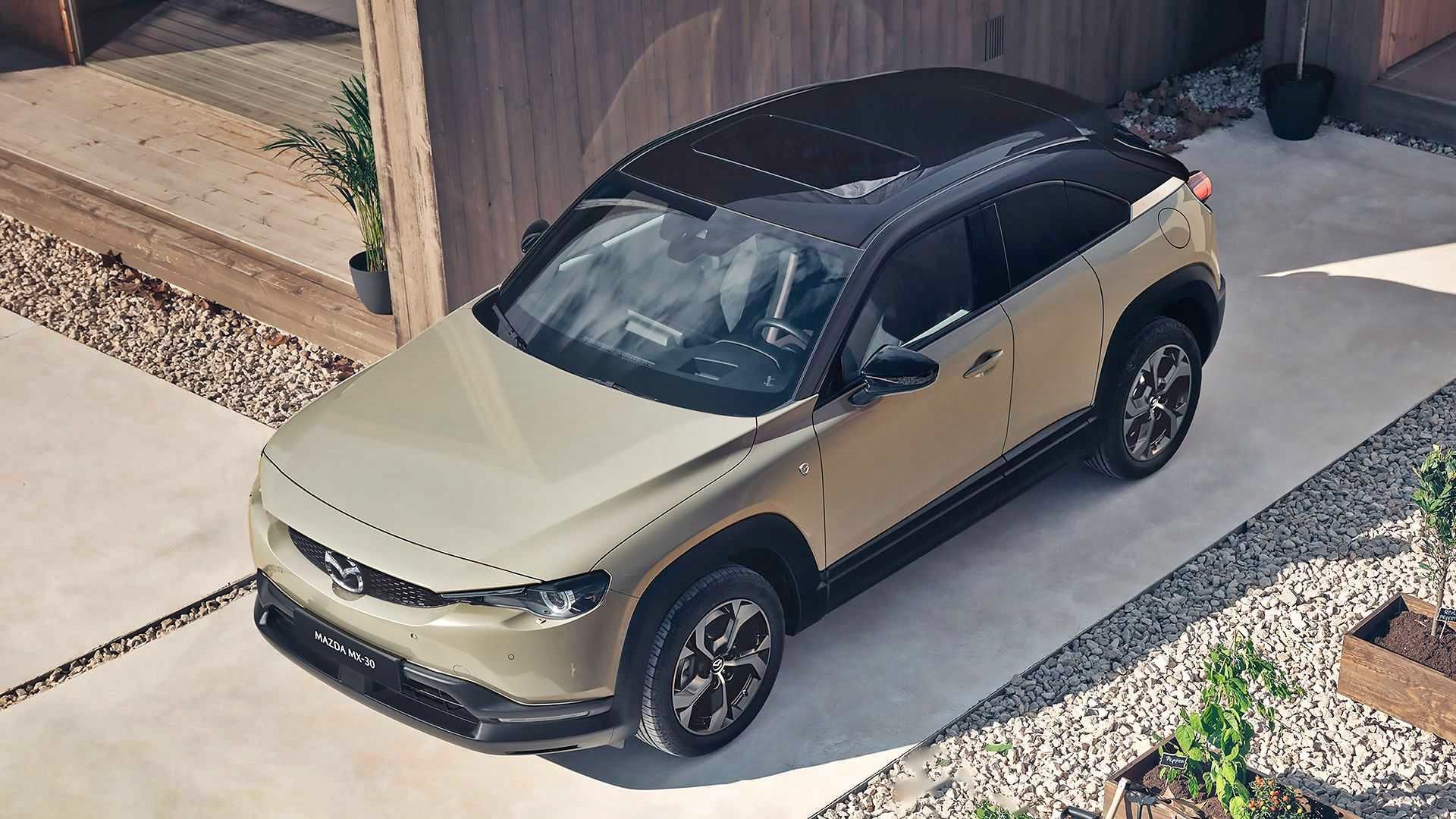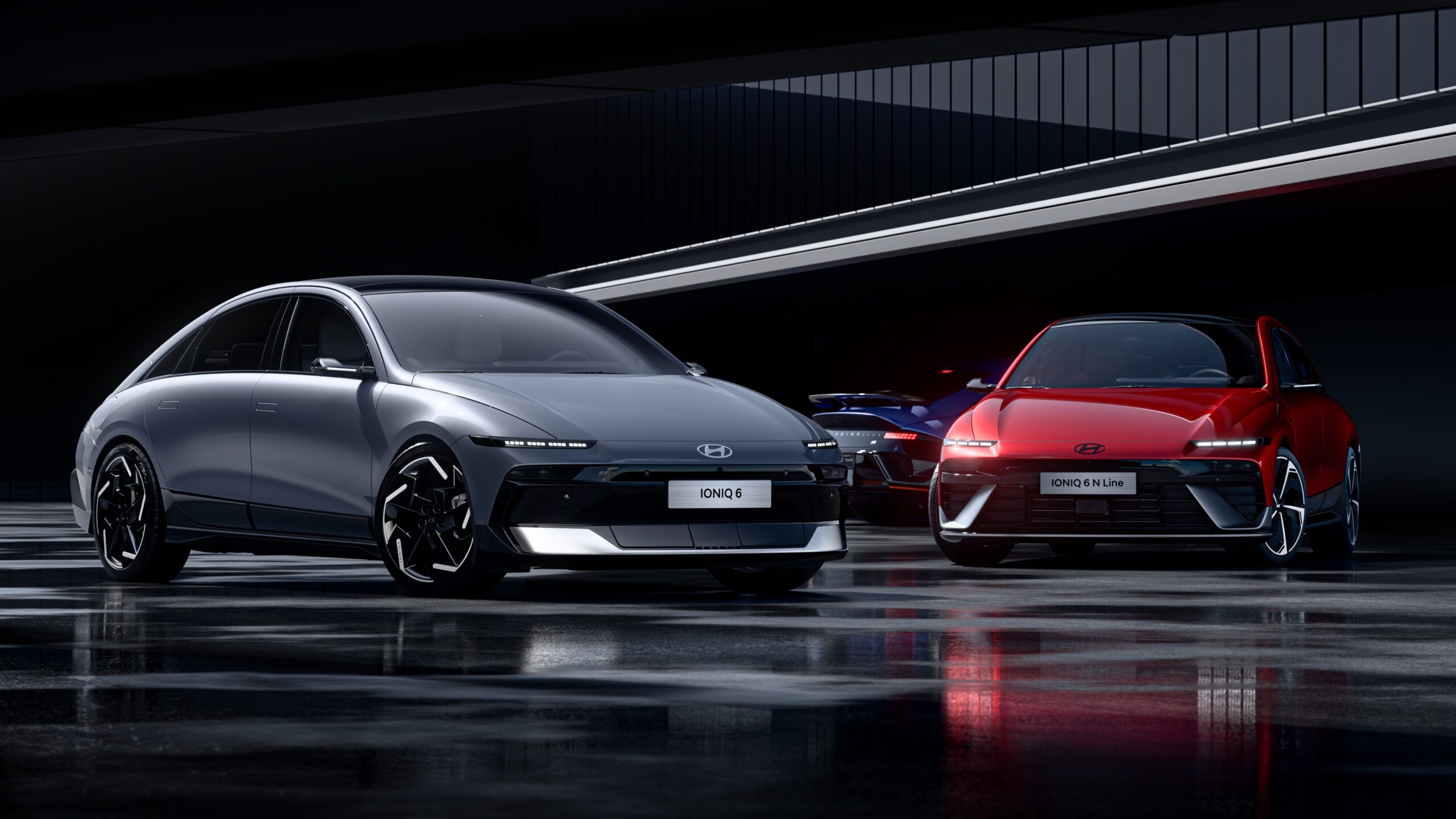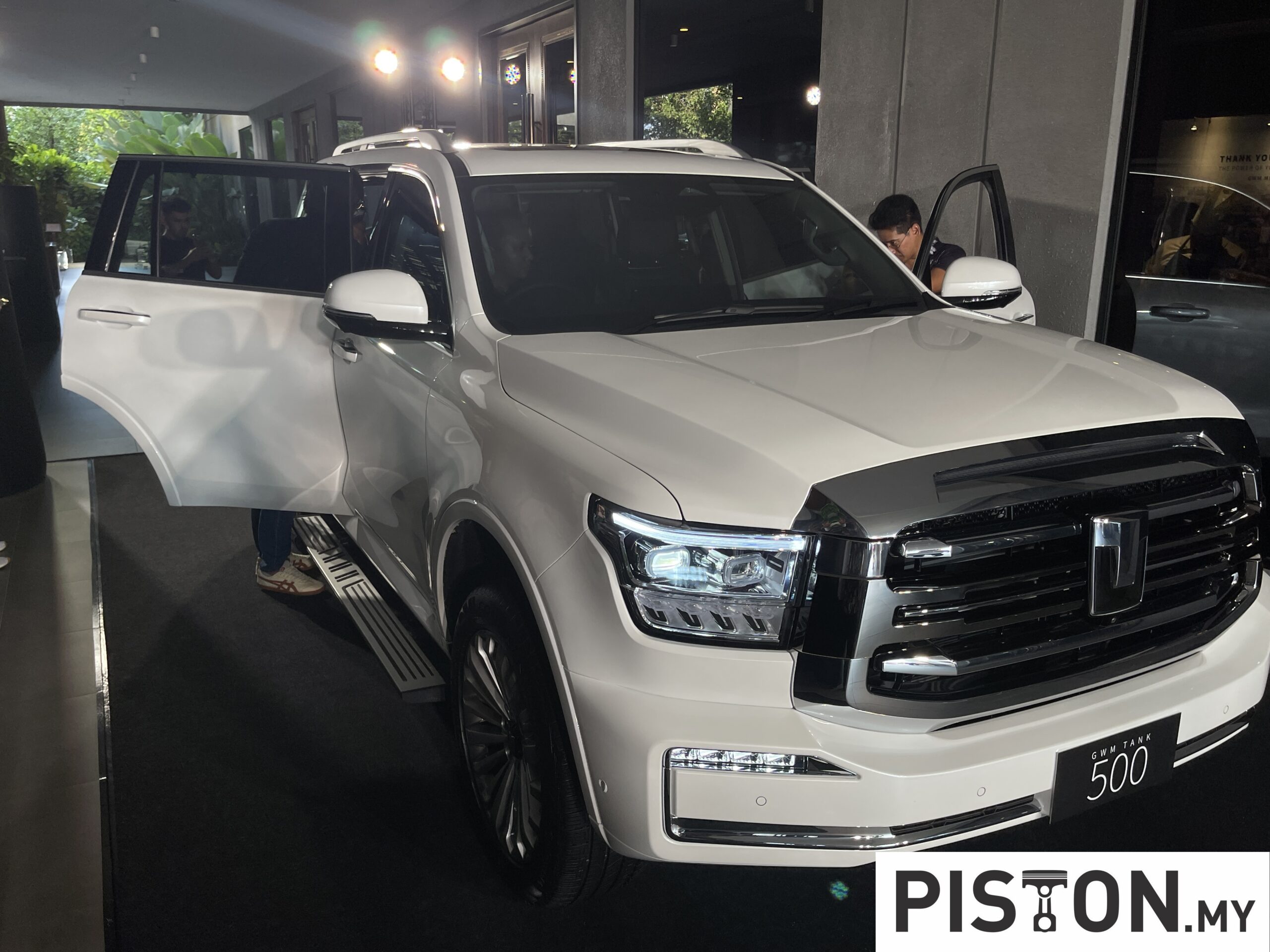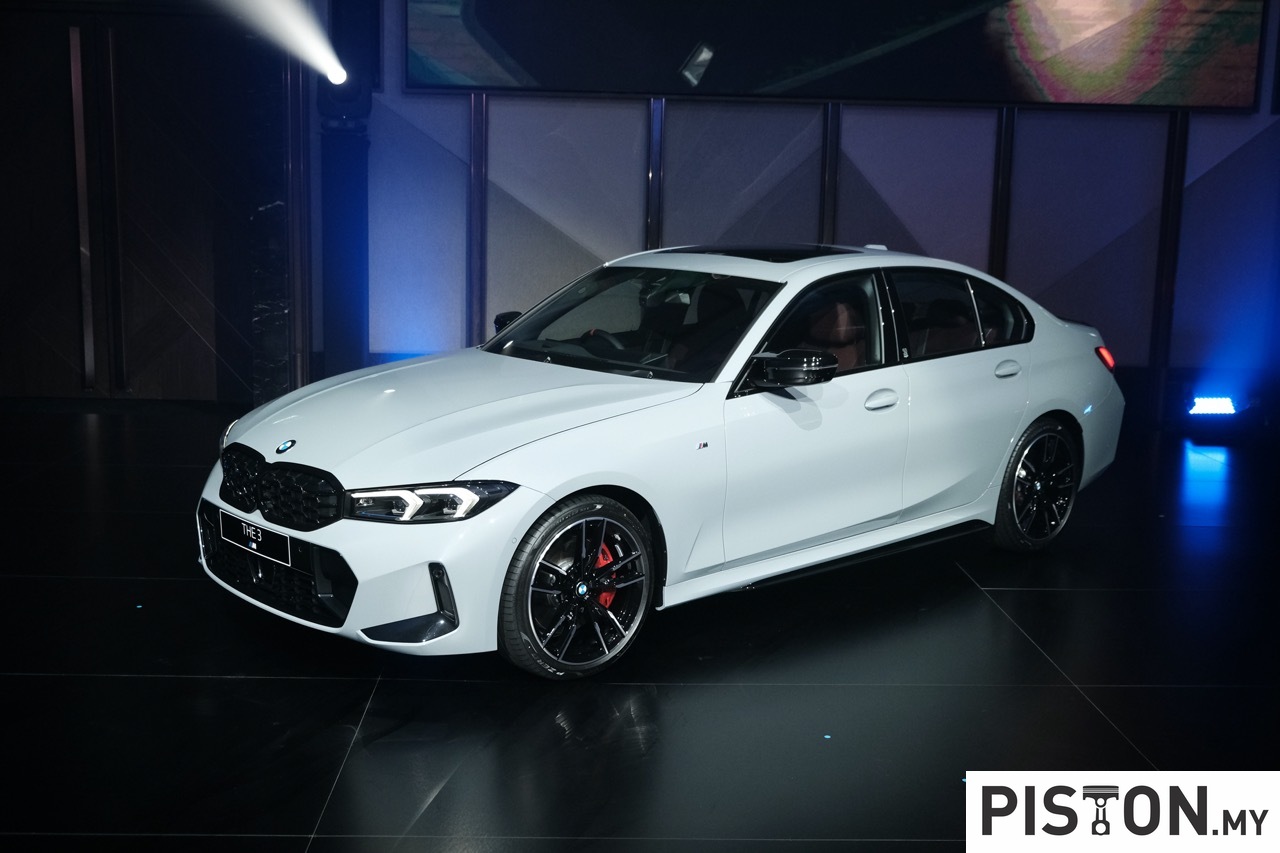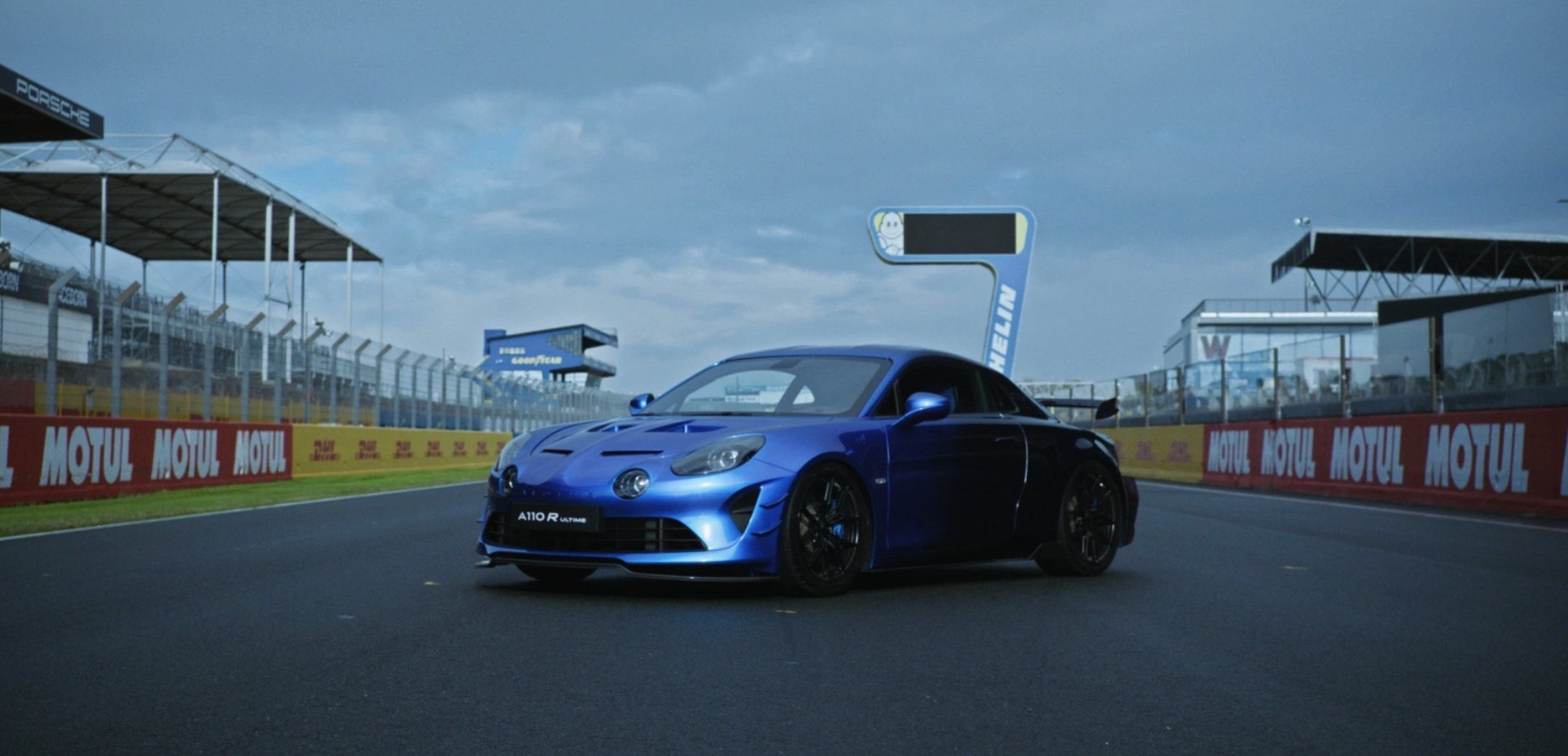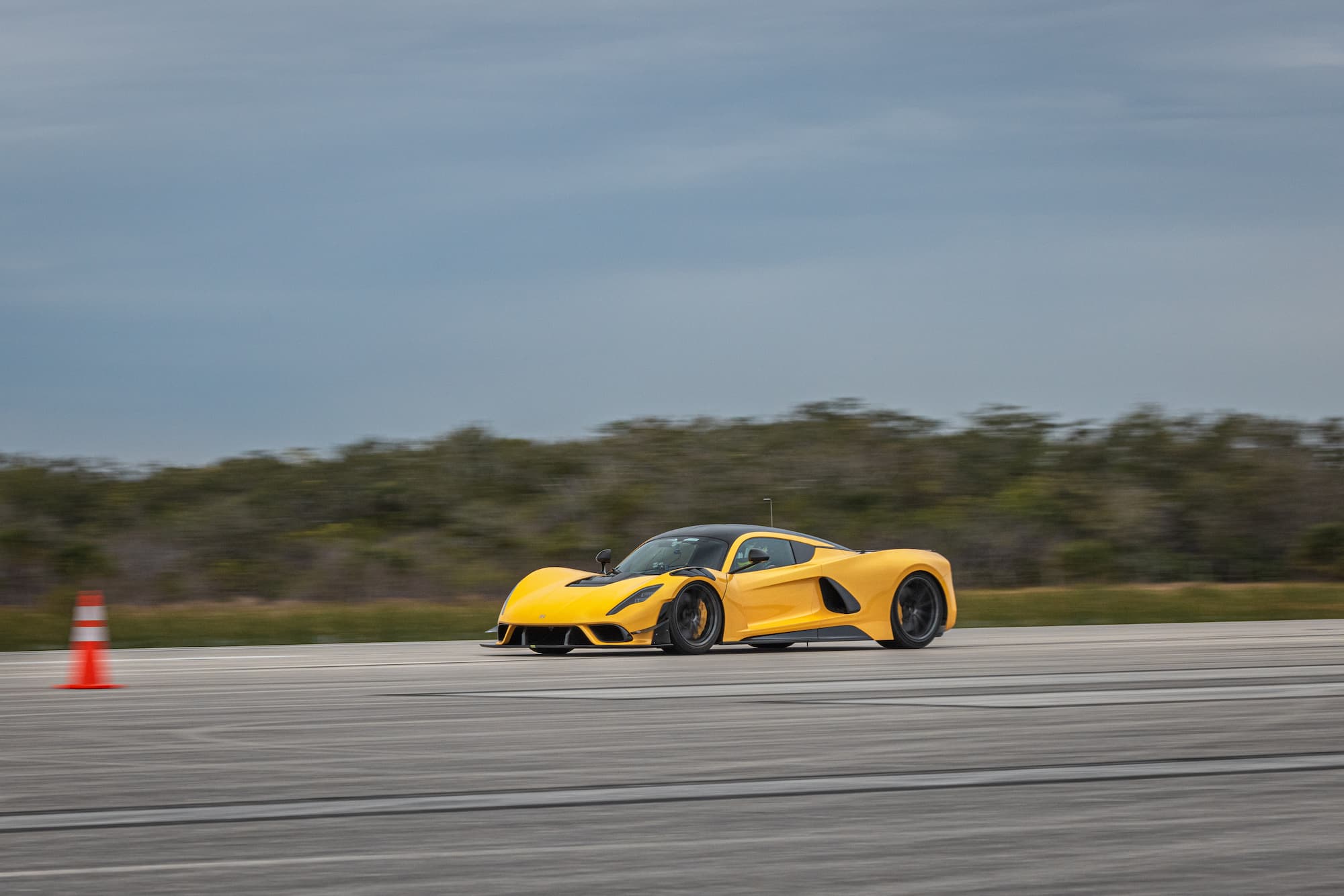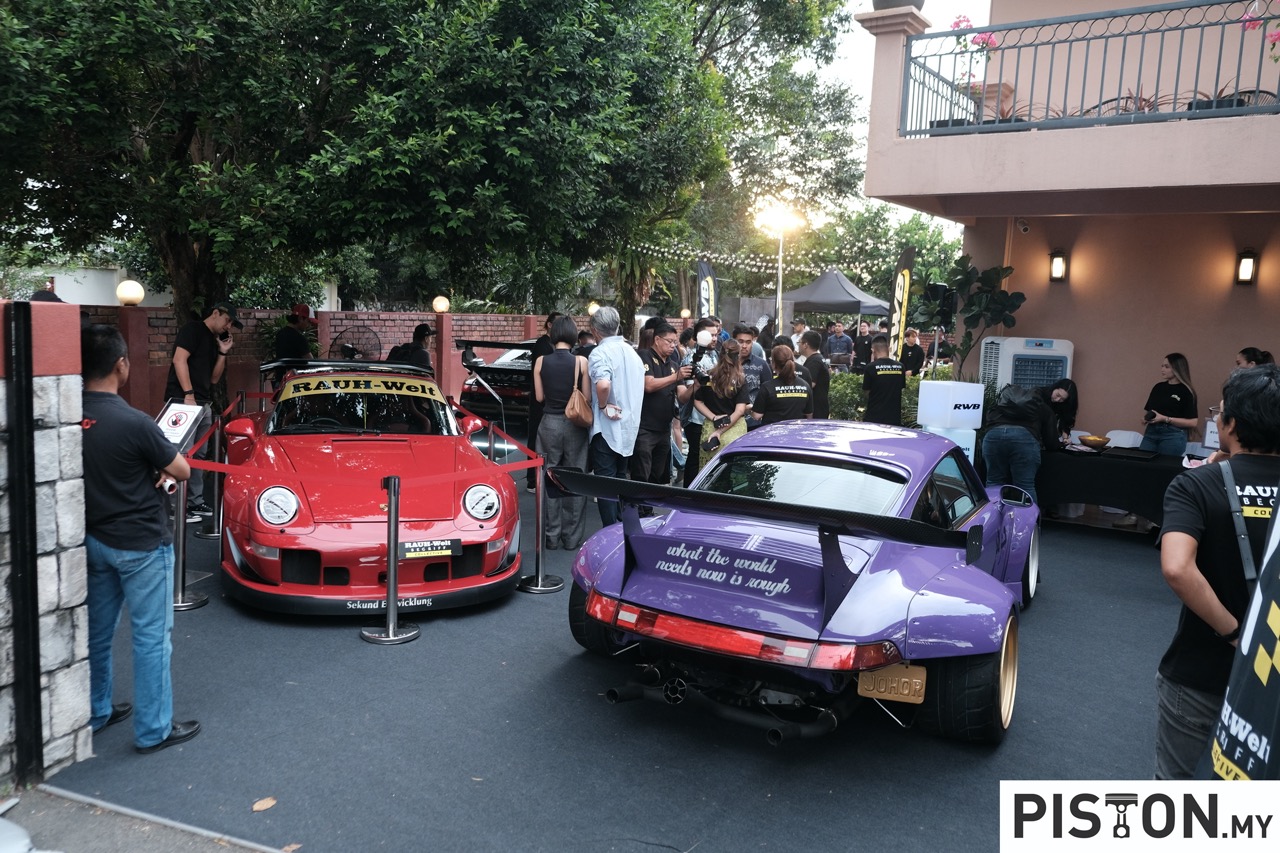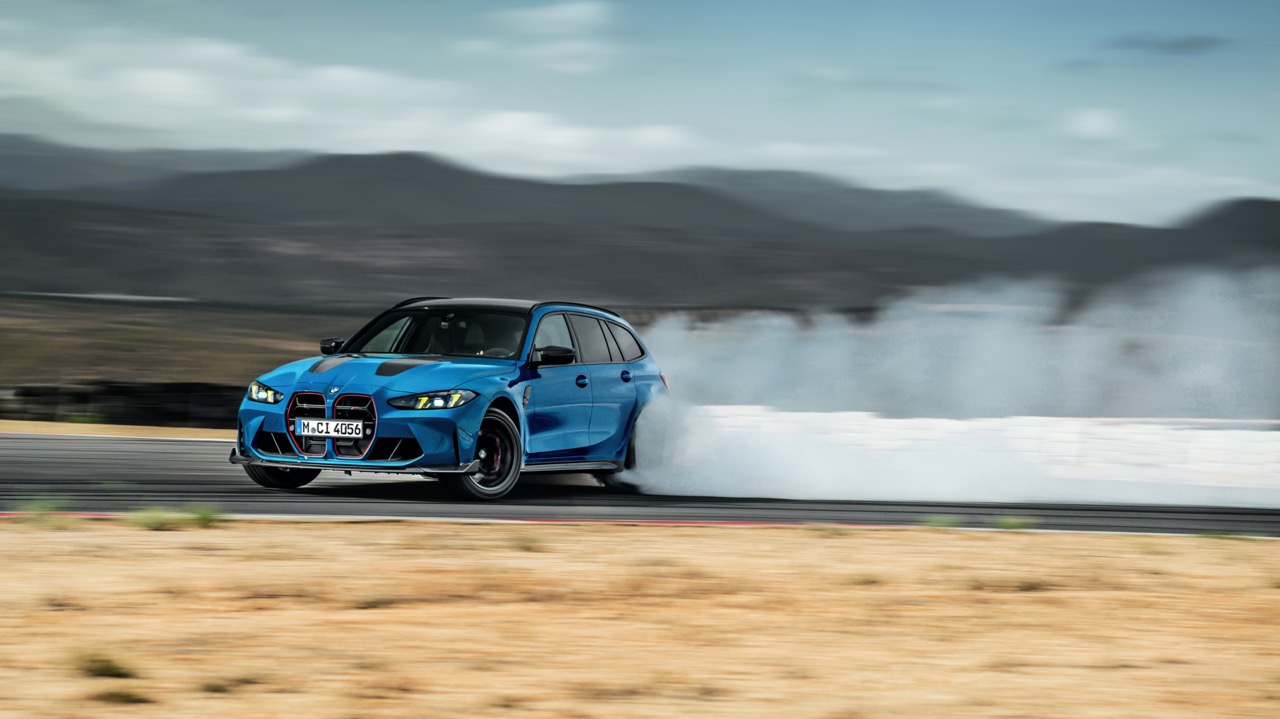The Wankel rotary engine was first used in a car in 1964 and it seemed like a revolutionary concept that many carmakers licensed it to use for their models. However, virtually all found it to have issues which they didn’t want to waste time and money trying to address and gave up. Only Mazda worked hard to commercialize the rotary engine and succeeded in doing so from 1967.
Unfortunately, some of the characteristics of the rotary engine – high emissions and consumption – were unacceptable as the world grew more environment conscious. By 2012, Mazda had no choice but to stop using the rotary engine and it seemed that it was gone forever. From time to time, there would be rumours of its return and Mazda insiders would say ‘we are working on it but still need time…’. The last time the rumour was strong was with the Vision Study Coupe concept.
Today, the rotary engine returns but not in the way enthusiasts would expect it. It is not used as a primary propulsion system but is instead adapted for use more as a power generator in the plug-in hybrid (PHEV) powertrain of the new MX-30 e-Skyactiv R-EV model.
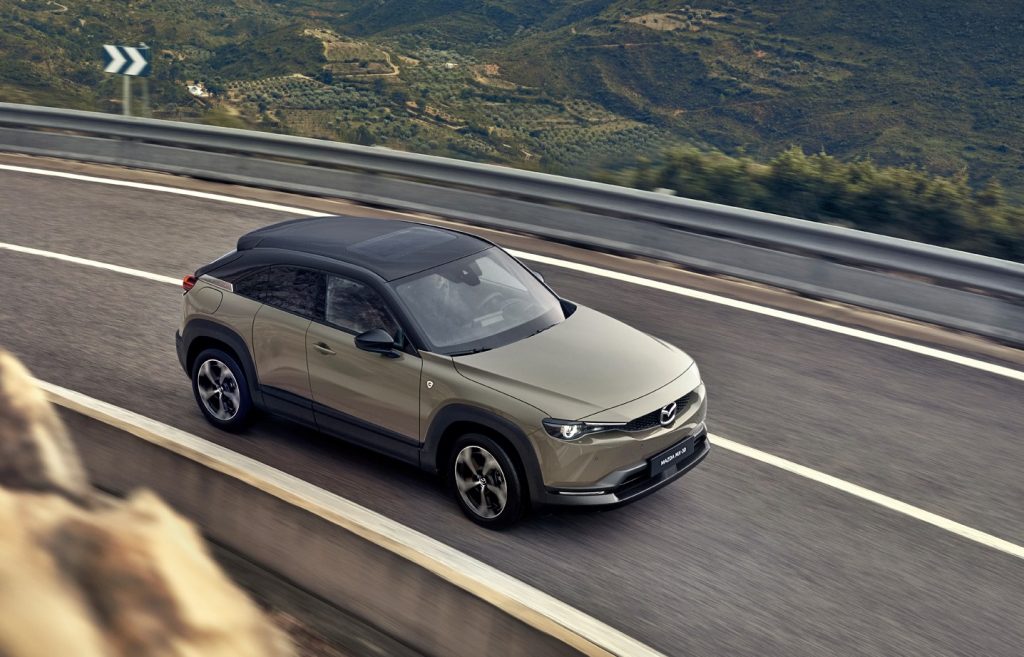
With the 200-km range of the MX-30 EV having made it less attractive than other EVs that could go further, Mazda had considered using the powerplant as a range-extender but opted for a plug-in variant. That allowed it to further reduce the size and cost of the battery pack, compared with a range-extender concept.
Thanks to the use of aluminium, the 8C rotary engine is over 15 kgs lighter than the twin-rotor Renesis engine used in the RX-8. The use of direct fuel injection reduces emissions and increases fuel economy, while the engine also features an Exhaust Gas Recirculation system to improve efficiency at low rpm and low load running
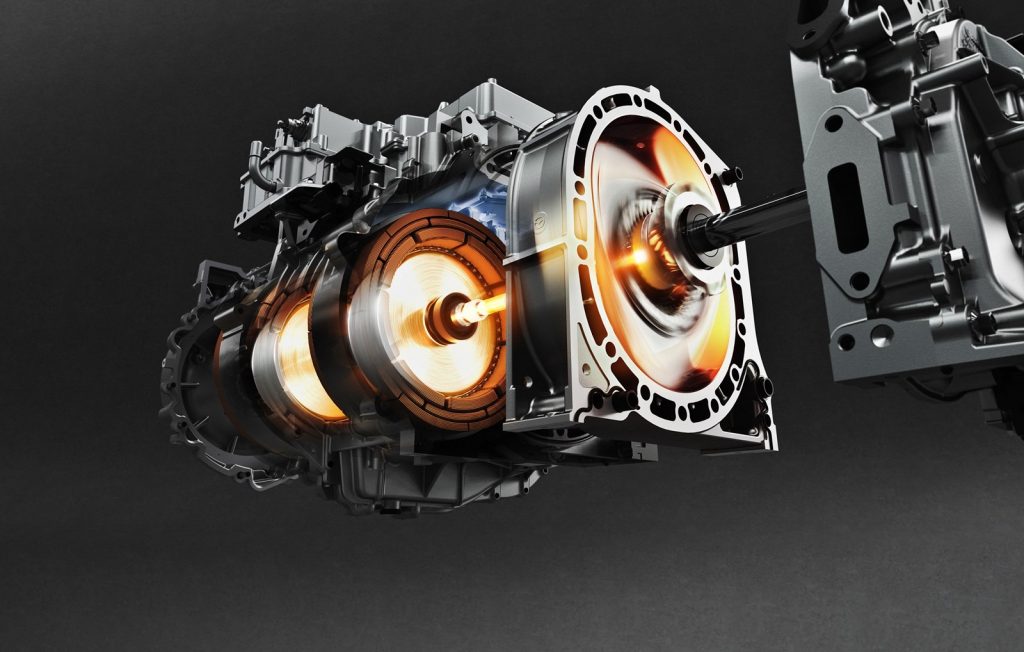
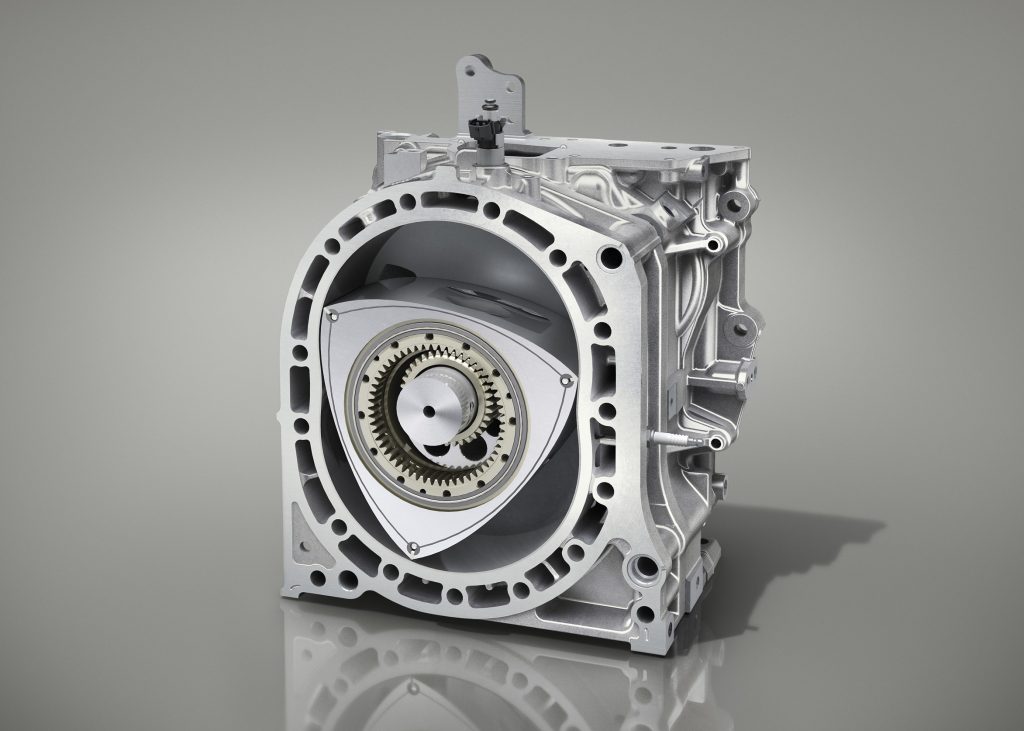
Coupled with the electric motor which generates 170 hp/260 Nm, plus another 74 hp from the 830 cc single rotor engine, gives high output with a more compact and light powertrain than a reciprocating combustion engine. There are 3 drive-modes – Normal, EV and Charge – and overall acceleration is said to be better than the MX-30 EV.
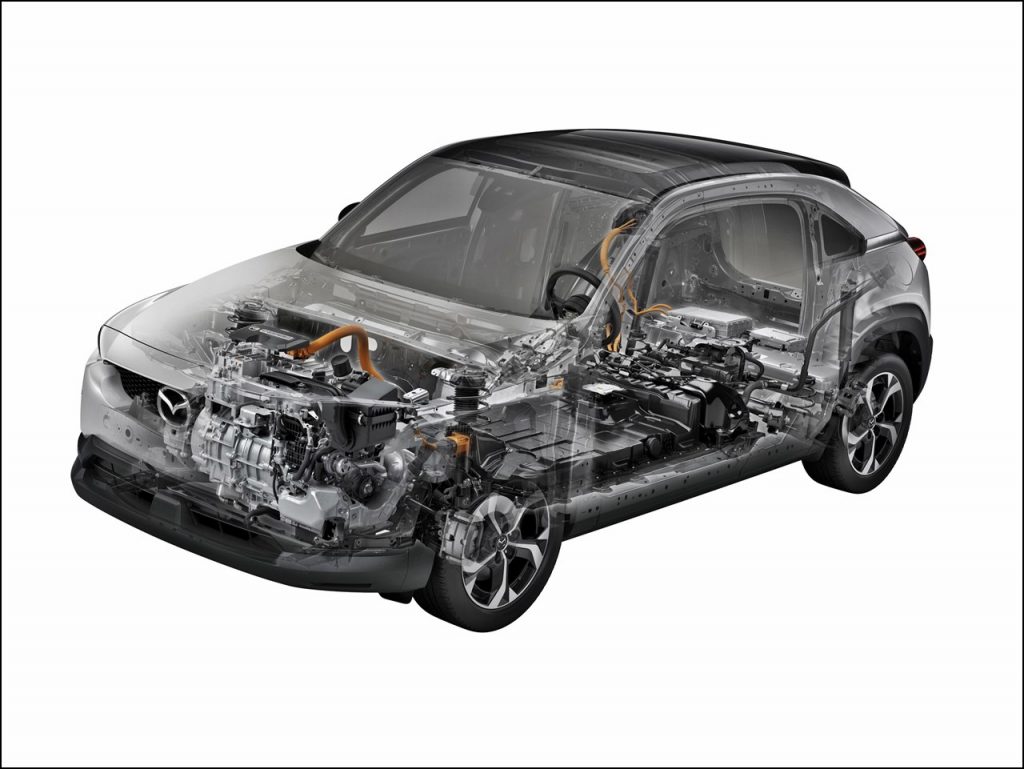
When running on just the electric motor, a range of 85 kms is claimed and this figure was targeted after looking at data of real-world usage of EVs. As it can draw liquid fuel from the 50-litre fuel tank, the rotary engine allows for long-distance travel without the range anxiety of a battery electric vehicle.
Compatibility with both AC charging and rapid DC charging is another benefit, meaning 3-phase AC charging takes around 50 minutes, while DC rapid charging can be completed in around 25 minutes.

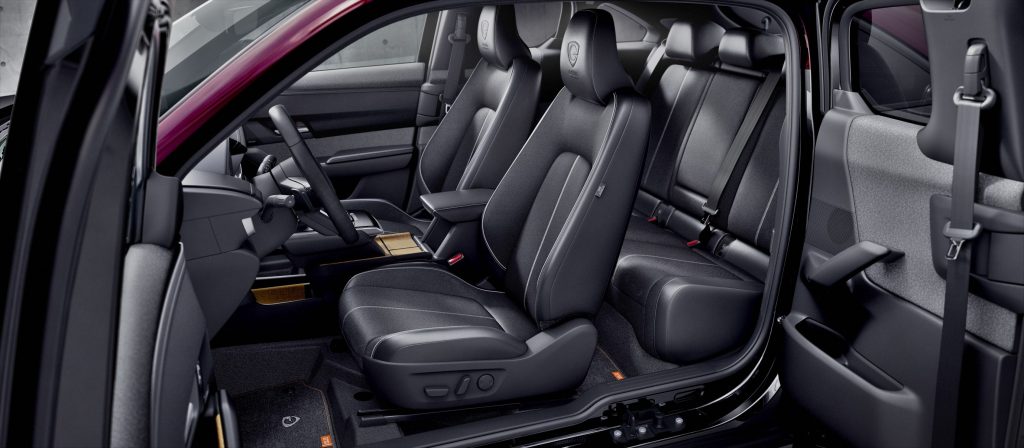
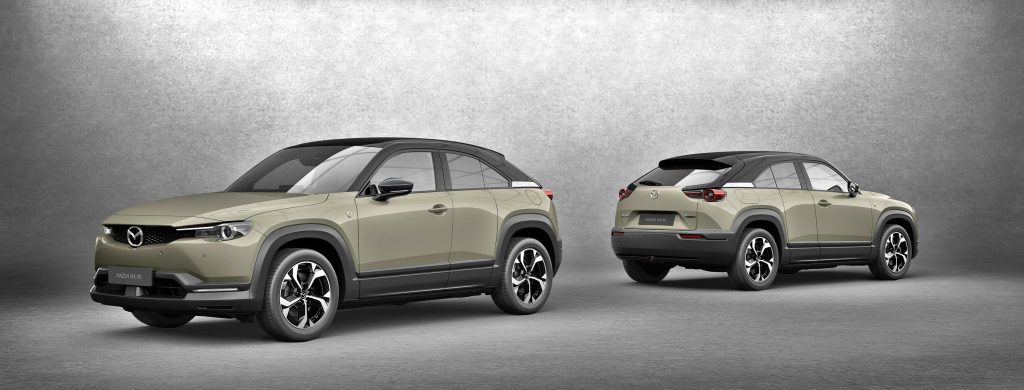
The MX-30 e-Skyactiv R-EV plug-in hybrid model offers a third powertrain choice (a mild hybrid is also available in Japan, Australia and New Zealand) in the MX-30 range. This fits in with Mazda’s Multi Solution Approach of continuing forward towards electrification and carbon neutrality, but still providing a choice of mobility solutions for customers.




